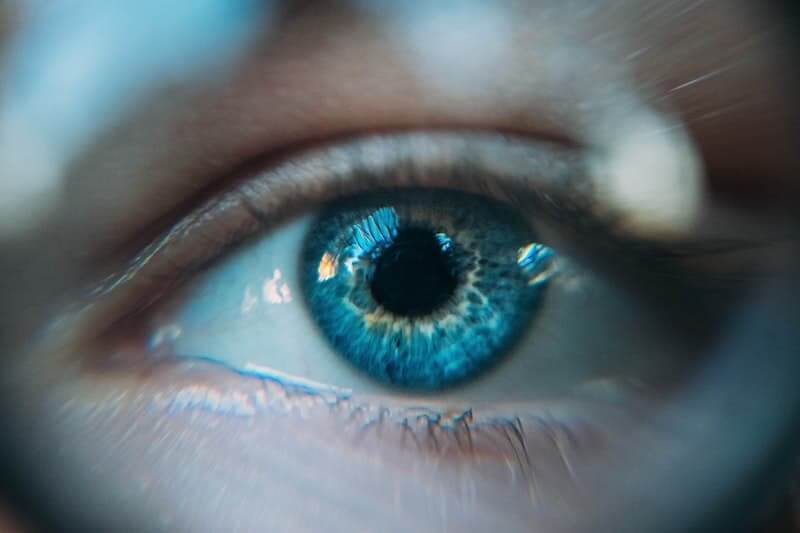Conjunctivitis, Corneal Bacterial Infections such as Staph and Strep, as well as Styes, Blepharitis and Corneal Ulcers are all common eye infections seen by Ophthalmologists and Optometrists in the UK with Conjunctivitis being the most common eye infection which is frequently caused by bacteria.

Eye infections can be bacterial, viral, or fungal. People who wear contact lenses are more at risk to eye infections due to the decrease in oxygen reaching their corneas and bacterial or fungal buildup caused by failure to properly disinfect their contact lenses.[toc]
The Five Most Common Eye Infections
Let’s take a quick look at the five most common eye infections, what they are and how can we avoid them:
1. Conjunctivitis

Conjunctivitis is by far the most common eye infection caused by bacteria.
Also known as pink eye, this common infection enters through the conjunctiva (the thin membrane that coats the whites of the eye). Symptoms include a red eye, with a watery discharge that can make your eyes stick together. Conjunctivitis spreads easily so it’s important to take precautions if you or anyone you live with has this infection.
2. Corneal Bacterial Infections: Staph and Strep
Corneal infections, also known as keratitis, enter your eye through the cornea, the clear globe at the front of the eye. The cornea is usually quite resilient to disease but occasionally certain bacteria and viruses manage to enter because it is torn or injured in some way. You may get staph or strep infections when your eye comes into contact with contaminated objects (e.g. dirty contact lens) or you may catch an infection from contact with another person. These types of infection can be painful. Your eyes will become red and your vision might become blurry. If left untreated, it can lead to scarring so see an ophthalmologist who will subscribe you antibacterial eye drops.
3. Stye

A stye is a bump on the eyelid that occurs when bacteria from your skin get into the hair follicle of an eyelash. Styes are usually caused by a staphylococcal infection but often get better without any treatment, particularly after they burst. Symptoms may include tenderness, redness and swelling.
4. Blepharitis
Blepharitis is inflammation of the eyelids and symptoms include burning, itching, swelling and blurred vision. Common causes include problems with the oil glands at the base of the eyelids, infections or other skin conditions. Severe cases may require antibiotics or steroids but for most, good eyelid hygiene and frequent cleaning should clear the infection up.
5. Corneal Ulcer

Bacteria, viruses or fungus can cause a corneal ulcer. This is a small crater at the front part of the eye, usually resulting from an infection. People who wear contact lenses are more prone to corneal ulcers as the virus may get trapped behind the lens. Symptoms include redness, feeling as if there is something in the eye, sensitivity to light and blurry vision. If you experience these symptoms, see your ophthalmologist who will be able to provide you antibiotics.
How To Prevent Eye Infections And Keep Away Germs

Taking care of your eyes is just as important as taking care of any other part of your body. Here are 7 ways you can prevent bacteria and germs getting into the eyes:
- Wash hands thoroughly and often.
- Avoid touching your face and eyes. If you need to apply makeup around your eyes, wash your hands before and after application – and never share makeup.
- Where possible, don’t share towels, pillows or washcloths with anyone else.
- Don’t share contact lenses or accessories (solutions, cases etc).
- Don’t share eye medicine or eye drops with anyone.
- Always protect your eyes in windy, dusty environments.
- Always wear safety goggles if you come into contact with chemicals.
Want to find out more about eye health? Head over to our guides page and see if you can find more useful info about your particular situation.
Ready To See Clearly?
Focus has a 100% 20/20 vision success rate for all common short-sighted prescriptions using it’s A-LASIK technique.

